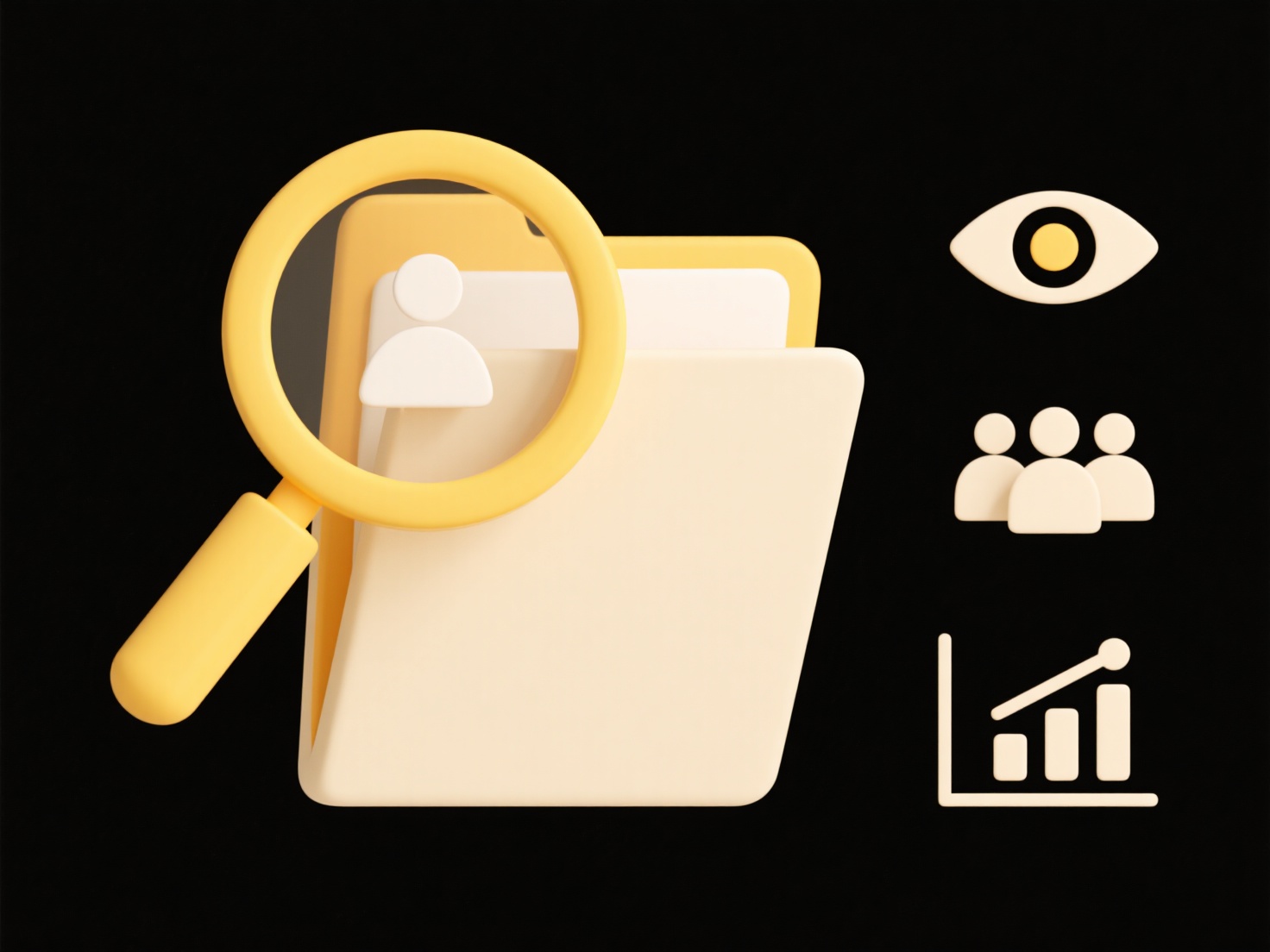
Duplicate alerts notify users when identical or highly similar records are created within a system. This feature automatically monitors data entries (like customer records, support tickets, or inventory items) and triggers a notification—typically via email, dashboard warnings, or in-app messaging—when a potential duplicate is detected. Unlike static reports, this provides immediate feedback, helping maintain data hygiene and prevent redundant entries before they proliferate.

For example, customer relationship management (CRM) systems like Salesforce use duplicate alerts to warn sales teams before creating duplicate client profiles, ensuring accurate sales pipelines. Project management tools (e.g., Asana or Jira) might alert teams if similar task names are created within the same project, streamlining collaboration and reducing confusion.
The primary advantage is minimizing time wasted resolving duplicate data and ensuring data integrity. However, limitations include false positives (if settings are too strict) or alert fatigue (if notifications are excessive). Systems increasingly use AI to intelligently assess duplication likelihood, improving accuracy. Proactive management of such alerts fosters efficiency but requires thoughtful configuration to balance oversight and user workflow.
Can I get alerts when duplicates are created?
Duplicate alerts notify users when identical or highly similar records are created within a system. This feature automatically monitors data entries (like customer records, support tickets, or inventory items) and triggers a notification—typically via email, dashboard warnings, or in-app messaging—when a potential duplicate is detected. Unlike static reports, this provides immediate feedback, helping maintain data hygiene and prevent redundant entries before they proliferate.

For example, customer relationship management (CRM) systems like Salesforce use duplicate alerts to warn sales teams before creating duplicate client profiles, ensuring accurate sales pipelines. Project management tools (e.g., Asana or Jira) might alert teams if similar task names are created within the same project, streamlining collaboration and reducing confusion.
The primary advantage is minimizing time wasted resolving duplicate data and ensuring data integrity. However, limitations include false positives (if settings are too strict) or alert fatigue (if notifications are excessive). Systems increasingly use AI to intelligently assess duplication likelihood, improving accuracy. Proactive management of such alerts fosters efficiency but requires thoughtful configuration to balance oversight and user workflow.
Related Recommendations
Quick Article Links
What tools work best for large-scale duplicate cleanup?
Large-scale duplicate cleanup tools remove redundant copies of data across vast datasets and storage systems. Unlike bas...
How do I know if a file is stored locally or in the cloud?
A file is stored locally if it resides directly on your device's internal storage (like a hard drive or SSD) or a physic...
Can I ignore certain file types when scanning for duplicates?
Yes, most modern duplicate scanning tools allow users to exclude specific file types from the scan. This file type filte...